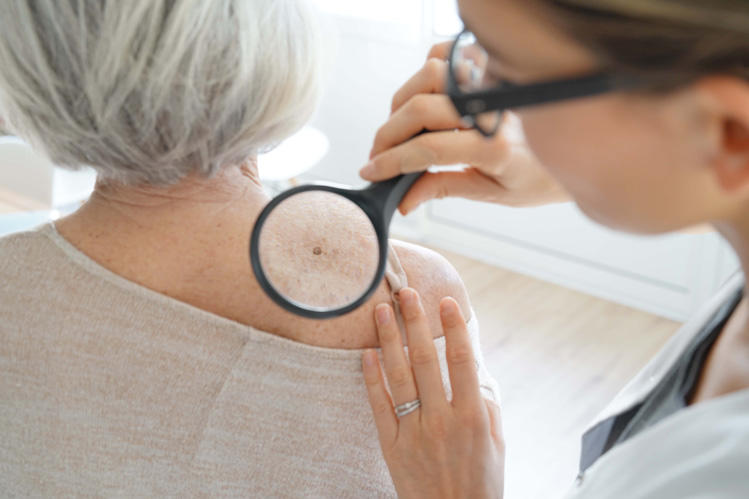Mohs Surgical Procedure Explained: A Key Treatment in Dermatology for Managing Skin Cancer Successfully
In the realm of dermatology, Mohs surgical treatment stands as a crucial procedure for combating skin cancer, especially basic cell and squamous cell carcinoma. This elaborate medical approach, developed by Dr. chemical peel. Frederic E. Mohs, prioritizes the accurate excision of cancerous skin layers, leaving healthy and balanced cells unblemished. But what precisely makes Mohs surgical procedure so reliable and how does it add to positive client results? As we dig deeper into the process, its advantages, and prospective issues, real worth of this treatment comes to be significantly apparent.
Recognizing the Essentials of Mohs Surgical Procedure
Although it may sound facility, Mohs surgical treatment is a precise medical technique made use of primarily to deal with skin cancer. The key aim of Mohs surgical procedure is to remove all cancer cells while saving as much healthy tissue as feasible. Its precision and high success price have made Mohs surgery a foundation in dermatology, offering hope to clients worldwide.

The Treatment: Step-by-Step Breakdown of Mohs Surgery
While Mohs surgical procedure could appear challenging, comprehending the detailed treatment can aid debunk the procedure. The treatment starts with the surgeon removing a thin layer of visible cancerous skin. This layer is then thoroughly taken a look at under a microscopic lense for cancer cells. If cancer cells are found, the doctor gets rid of an additional layer of skin and the procedure is duplicated. This cycle proceeds till no even more cancer cells are located, ensuring the complete removal of cancer while protecting as much healthy skin as possible. The injury is then closed utilizing stitches, a skin graft, or it might be delegated heal normally. Postoperative treatment is important to advertise healing and screen for any indicators of reappearance.
The Benefits of Mohs Surgical Treatment in Skin Cancer Treatment
An impressive variety of patients have found the one-of-a-kind benefits of Mohs surgery in their fight versus skin cancer. Concerned for its precision, this technique targets cancerous cells while preserving surrounding healthy cells, causing marginal scarring. Its high accuracy decreases the opportunity of cancer reappearance, supplying individuals with satisfaction. The procedure is commonly executed on an outpatient basis under neighborhood anesthetic, making it much less straining on the body than more invasive surgeries. Even more, as it entails prompt microscopic evaluation of the removed tissue, it guarantees complete cancer elimination in a solitary check out. Thus, it eliminates the requirement for multiple surgical procedures, saving time and minimizing tension for individuals. As a result, Mohs surgery offers an exceptional option for effective skin cancer cells therapy.
Feasible Threats and Issues Related To Mohs Surgery
Regardless of its countless advantages, Mohs surgical treatment is not without potential dangers and complications. Like all procedures, it brings a threat of infection, bleeding, and an adverse reaction to anesthesia. In unusual instances, people might experience nerve damage, resulting in feeling numb or weakness in the location of surgery. There's additionally the opportunity of a reappearance or spread of skin cancer cells, especially if all cancerous cells were not completely removed during visit the website the see post procedure. Scarring is one more concern, as it can be visible depending upon the size and area of the treated area. Lastly, the psychological impact of a skin cancer diagnosis and succeeding surgery should not be undervalued, as it can bring about anxiousness and anxiety in some people.
Preparing for and Recuperating From Mohs Surgical Procedure: What to Anticipate
To make certain the finest possible outcome from Mohs surgery, individuals need to properly prepare for the procedure and recognize what to anticipate during recuperation. Some medicines might need to be quit before the surgical procedure to reduce blood loss. The key to recuperation is clients' adherence to their medical care service provider's guidelines.
Conclusion
